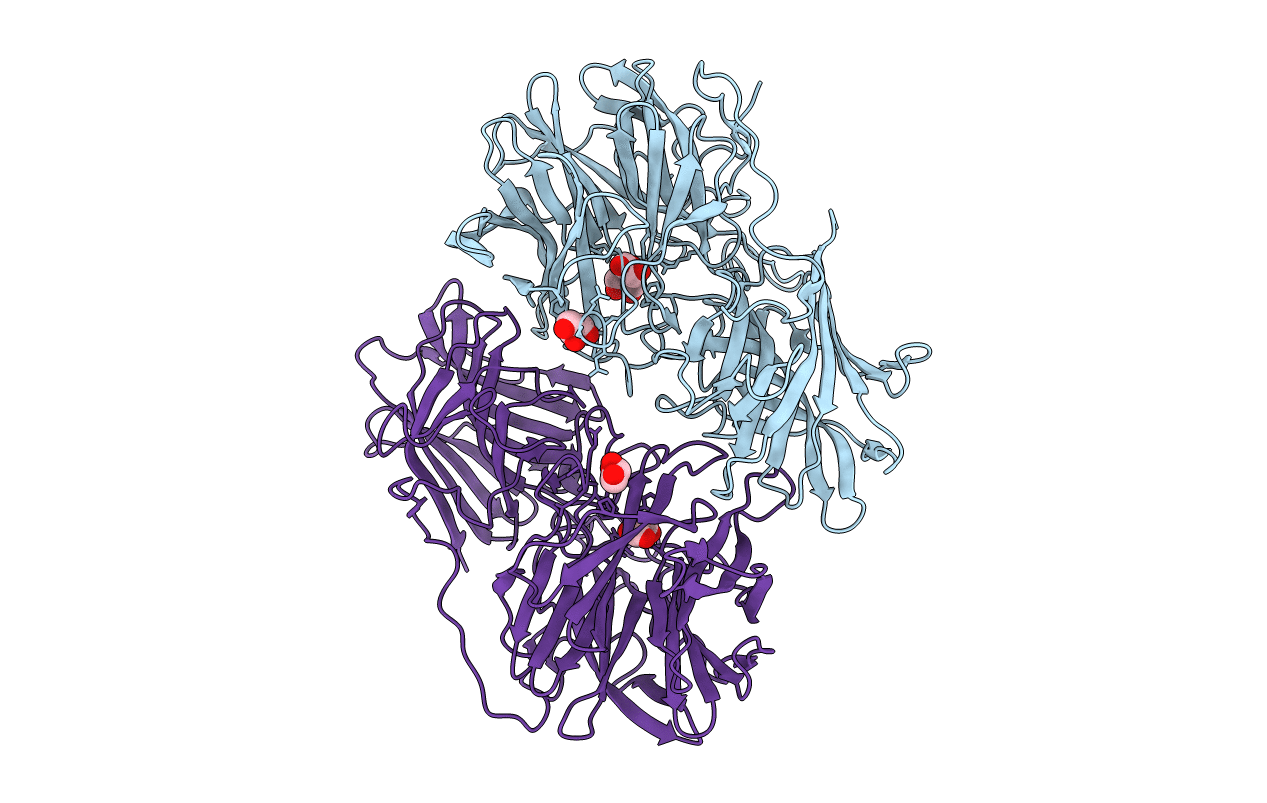
Deposition Date
2018-09-20
Release Date
2019-03-13
Last Version Date
2023-11-22
Method Details:
Experimental Method:
Resolution:
1.80 Å
R-Value Free:
0.19
R-Value Work:
0.16
R-Value Observed:
0.16
Space Group:
C 1 2 1


